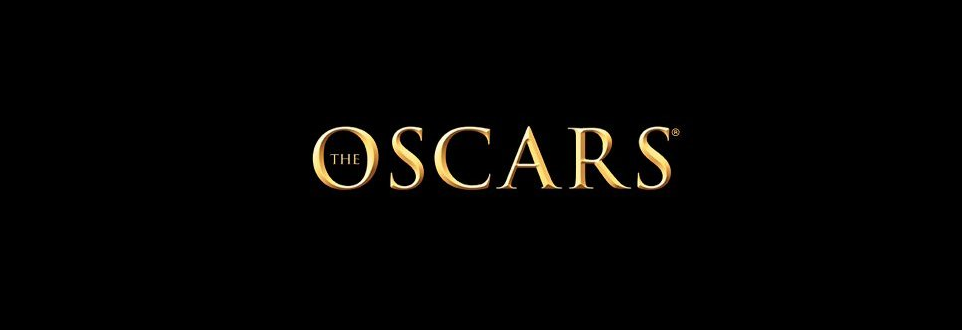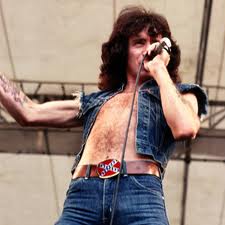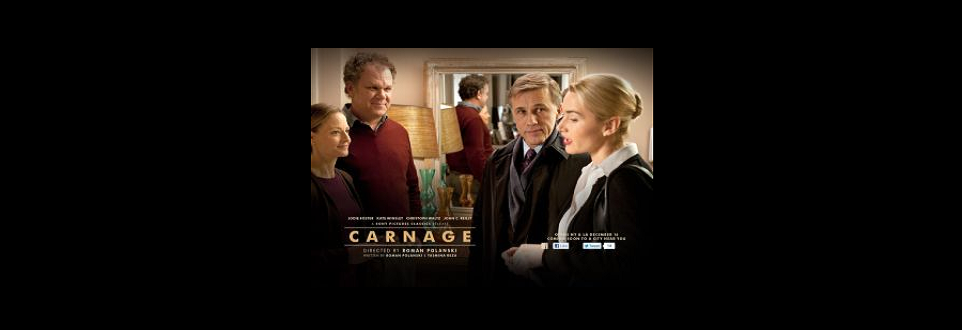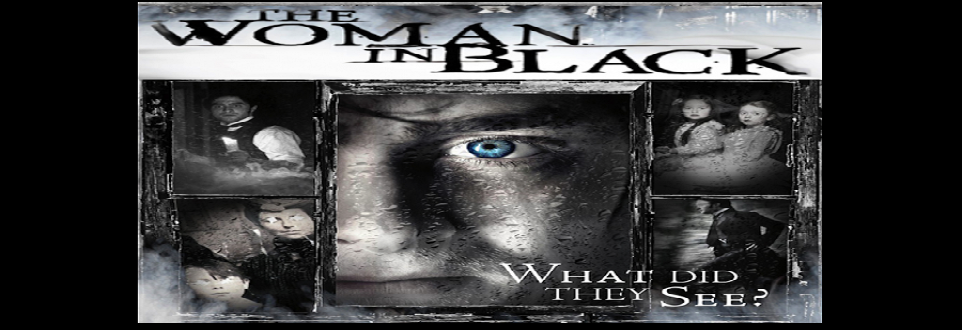At the end of another ‘successful’ Oscar evening, the awards season came to a glorious close (not including the much maligned Razzie Awards) and as LAX was swamped with photographers trying to get a coveted snap of the A-listers as they made their way home after a gruelling couple of months, Hollywood was back to business as normal.
It was great to see Billy Crystal return to host his ninth Academy Awards ceremony, particularly after the inexplicably poor showing of Anne Hathaway and James Franco last year, and though it was safe and predictable, it was good fun, everyone seemed to be in spirited moods, and there was nothing particularly controversial to note; all in all, the ceremony seemed to run just as expected – and perhaps there lies the problem.
Personally, I can’t begrudge The Artist and Hugo walking away with 5 awards apiece, as I believe they were fully deserving for the most part. Yes, both had received an insane amount of hype in the build up, and had collected the prestigious gongs at earlier awards shows such as the Golden Globes and the BAFTAs, and no one really expected any other winners in the Best Picture category. Both films depicted a certain nostalgia for a golden era of Hollywood, and a severe love for the movie world. One thing these ceremonies do well is how they drill us all with the fact that we’re here to celebrate film, and that film is a wonderfully magic invention which we would be nowhere without. That’s great an’ all, but then the problem starts to arise; how much longer can they get away with that?
We understand that film is magical, and that it’s a huge part of many peoples’ lives, but they won’t improve their dwindling ratings by showcasing this year in year out, and this was clearly in the back of their minds, prompting a rather lame Cirque Du Soleil skit halfway through Sunday’s main event. I’m sure it’s beautiful and stunning to watch in its entirety, but I didn’t see its strained relevancy to the movies – it seems Hollywood may have run out of ideas.
The winners themselves were nothing out of the ordinary; I myself predicted 9/10 of the ‘bigger’ awards – my 100% record tarnished by the one pleasant surprise of the evening landing in the form of Woody Allen’s Best Original Screenplay triumph for Midnight In Paris – and even Meryl Streep, winning her 3rd Oscar, seemed to recognise this apparent ignorance of newer quality in her acceptance speech by announcing that she could hear the cacophony of sighs as she picked up the gong again. I know she’s gone a ridiculously long time without winning an Oscar, but I do believe these awards should be used to promote the rising talent in Hollywood, rather than ‘making up’ for lost years (no disrespect to Streep, a wonderful actress).
Then we come to the movies actually nominated for the bigger awards. This ‘phenomenon’ has become known as ‘Oscar-bait’ over the years and can usually indicate what movies are ripe for nomination. I myself don’t usually get that invested in this type of speech, as I feel the last 10 years have featured a vast range of movie winners from The Hurt Locker to The King’s Speech and No Country For Old Men to The Lord Of The Ring trilogy. However this year seemed to be plugging away at that stereotype, and truly baffled with some of its picks (Extremely Loud and Incredibly Close, War Horse) whilst films like hyper-stylized and violent Drive were snubbed completely for safer options.
Montage after montage, forced celebrity skit after skit, teary-eyed monologue after monologue, the 84th Academy Awards was no stretch of the imagination. Hollywood seemed to have given up trying to put on a show which really captivated their audience, but stuck with the old and safe route. The ‘if it ain’t broke, don’t fix it’ rule may be applied in this situation, but what good is it really doing for Hollywood’s reputation? Is the continued celebration of films that depict a past era really doing anything but reminding us that the best days are behind it? The continued stance against Sci-Fi and Action films could possibly be tested next year following the release of high-profile films such as Chris Nolan’s The Dark Knight Rises, Joss Whedon’s The Avengers, and Ridley Scott’s Prometheus. When you think of each title, you will immediately dismiss its Oscar chances, but ask yourself ‘Why?’ Why couldn’t The Avengers win a Best Picture award, or at least get a nod? Joss Whedon is a talented director, who has a knack for writing good, intriguing stories and characters, so will the film be any better or worse than The Artist?
It doesn’t matter now, of course, and we shall see in due time what happens; however, I believe the Academy needs to start considering a larger range of movies to keep the current trends in cinema popular. The population of the Academy voters is primarily made up of elderly white men, which has led to a few accusations of prejudice being thrown around. The snub of The Social Network and David Fincher last year may highlight this as well; The King’s Speech was a safe option, and I don’t think anyone was too surprised to see it go home as the winner, whilst the slightly superior and modern tale of Facebook, which resonated deeply in today’s society, was overlooked.
Whilst the future of cinema remains as exciting as ever and the Academy Award can still promote a sense of heightened excitement in film buffs worldwide, it is, however, becoming more and more alienating to those who wish to be entertained. People don’t want to see one film, or one actor, miles ahead of the rest. They want to know that this, the most prestigious film award in the world, can go to any one of the five nominees, and that it’ll be as big a shock to them as it will be to those in the theatre. Where it will begin, I don’t know, but for now some serious thinking will be going on behind those golden doors, and hopefully next year, we’ll all be in for some rather delayed entertainment and surprise.





